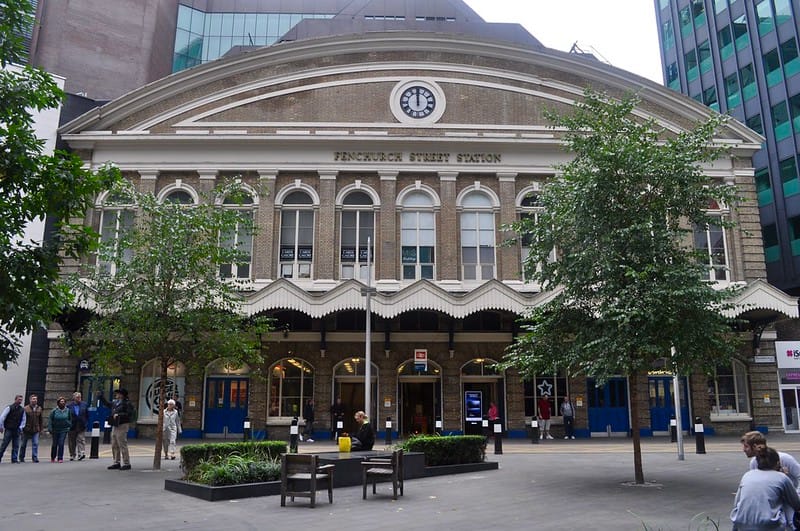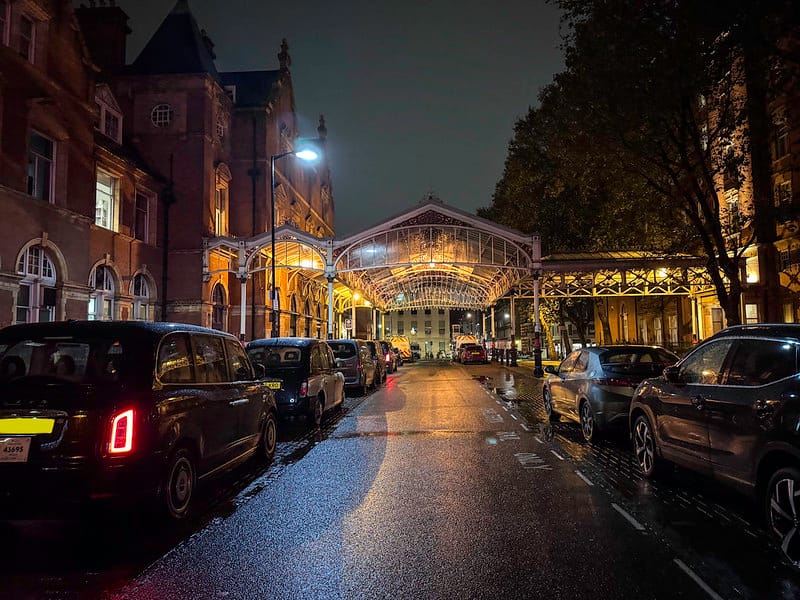Waterloo Station, located on the south bank of the River Thames in London, is one of the city’s busiest and most historically significant transport hubs. Its story is one of innovation, expansion, and resilience, reflecting the growth and transformation of London itself.
Early Beginnings
The origins of Waterloo Station date back to the early 19th century, a period marked by rapid industrial growth and the advent of railway travel. The station officially opened on July 11, 1848, as “Waterloo Bridge Station.” Operated by the London and South Western Railway (LSWR), it was initially a modest terminal serving the rapidly expanding suburbs of south London.
The name “Waterloo” was derived from its proximity to Waterloo Bridge, which commemorates the British victory at the Battle of Waterloo in 1815. The station’s original design was relatively simple, but as rail travel grew in popularity, it quickly became clear that expansion was necessary.
Expansion and Redevelopment
Between 1878 and 1922, Waterloo underwent extensive redevelopment to accommodate increasing passenger numbers and to streamline operations. By the late 19th century, the station had become a chaotic maze of platforms and tracks, earning it the nickname “the terminus of the chaos.”
To address these challenges, a major reconstruction project began in 1899, culminating in the opening of the current station building in 1922. The redesign included a grand entrance and a vast concourse with 21 platforms, making it the largest station in Britain. The station’s iconic Victory Arch, built as a war memorial, stands as a tribute to the railway employees who lost their lives during World War I.
The Role in World Wars
Waterloo Station played a critical role during both World Wars. During World War I, it served as a departure point for troops heading to the front lines. In World War II, it became a vital hub for evacuating civilians and transporting military personnel. The station’s resilience during the Blitz, despite sustaining damage, underscored its importance to London’s infrastructure.
Modern Developments
In the post-war period, Waterloo Station continued to evolve. The 1990s saw the construction of the Waterloo International Terminal, designed to serve as the London terminus for the Eurostar trains traveling to Paris and Brussels. The terminal’s striking modern architecture, featuring a sweeping glass and steel canopy, won numerous design awards.
However, the opening of St. Pancras International in 2007 as the new Eurostar hub meant that the international terminal at Waterloo was repurposed. Today, it is used for domestic train services, reflecting the station’s adaptability.
A Cultural Icon
Waterloo Station has also cemented its place in popular culture. From its mention in literature and music to its appearance in films such as The Bourne Ultimatum and The Railway Children, the station holds a special place in the collective imagination.
Conclusion
Today, Waterloo Station remains one of the busiest railway stations in the UK, serving as a vital gateway to London for millions of passengers each year. Its rich history, marked by periods of change and resilience, mirrors the evolution of London as a global metropolis. Whether you’re catching a train, admiring its architecture, or simply passing through, Waterloo Station offers a fascinating glimpse into the history of transportation in Britain.




